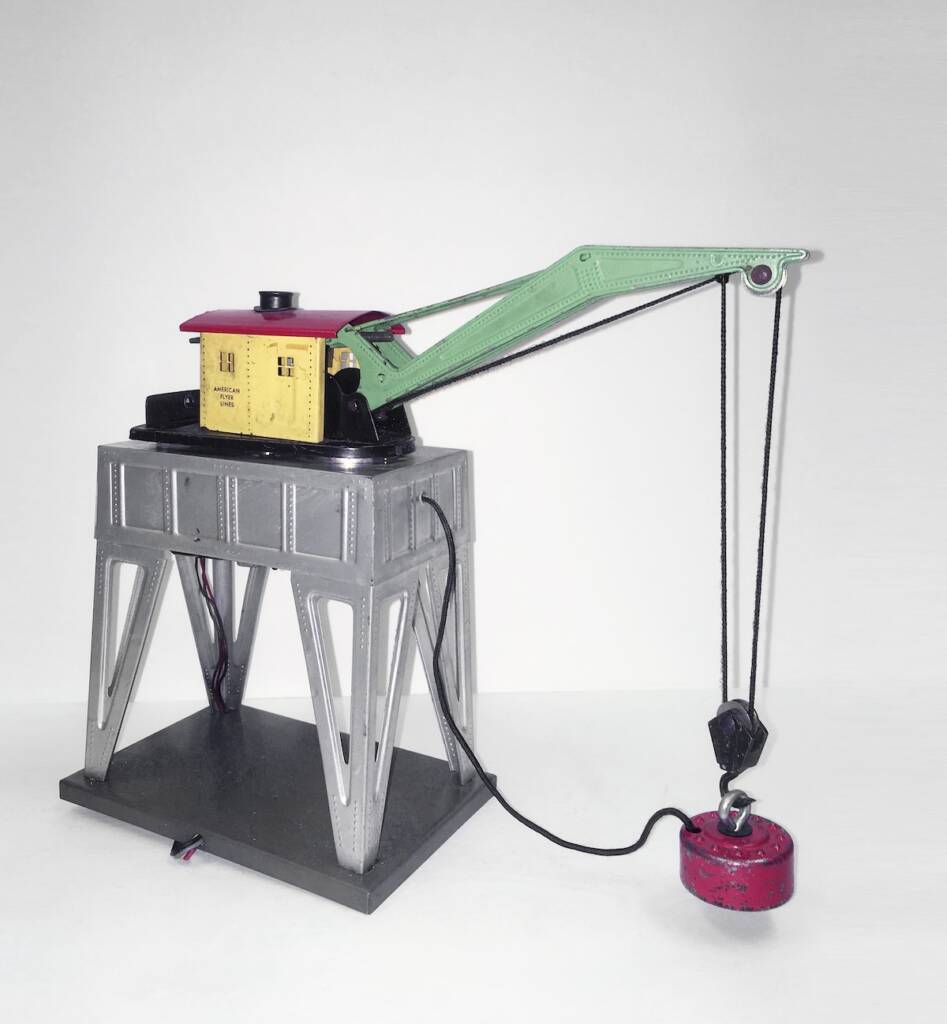
A quiet revolution changed the toy train industry in the 1930s. Firms aimed to introduce more realistic products. Advances in the die-casting of metals and the compression-molding of plastics shaped that trend. The A.C. Gilbert Co. began to develop scale and semi-scale engines and rolling stock while pushing for greater animation in its accessories. The […]
Read More…
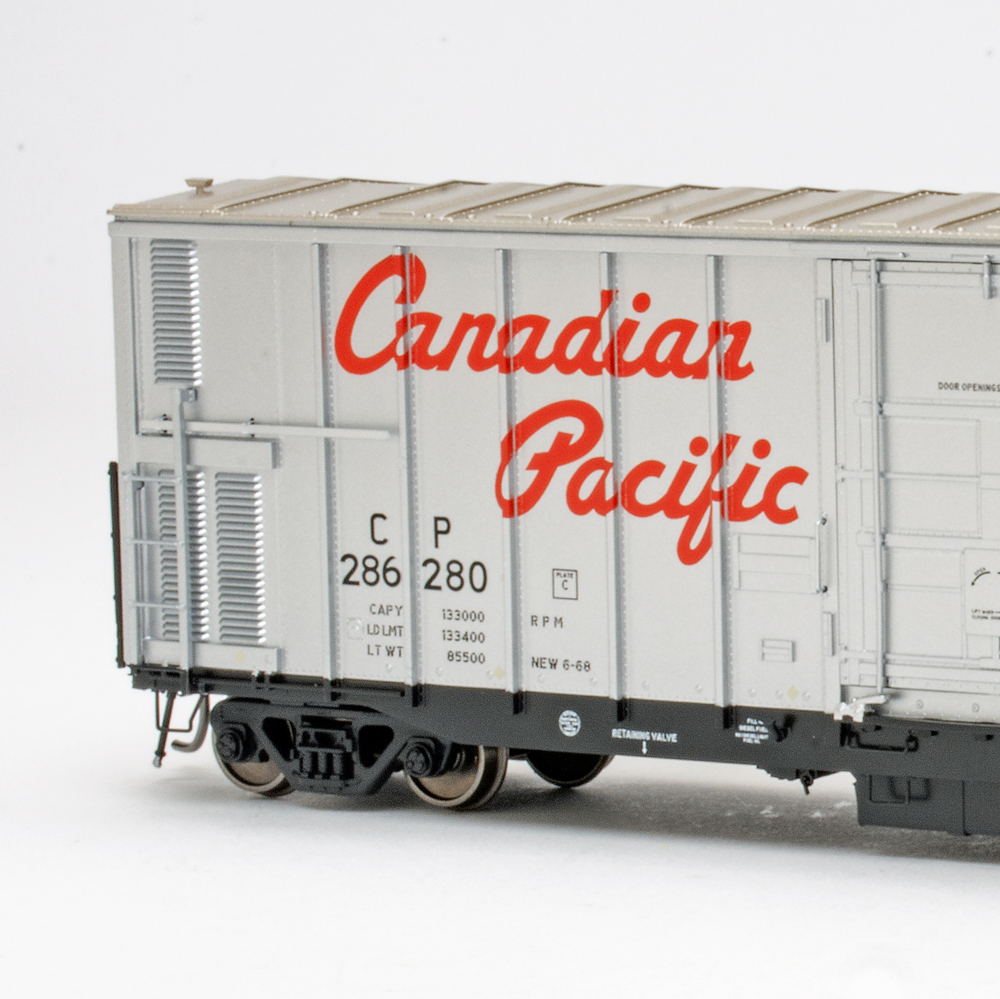
A National Steel Car Corp. Ltd. (NSC) 3,294-cubic-foot capacity mechanical refrigerator car is now available from Rapido Trains. The model, offered in Canadian Pacific’s script and Multimark paint schemes, features injection-molded plastic construction, metal wheels mounted on plastic axles, and body-mounted metal couplers. Prototype history In the late 1960s, NSC built a group of mechanical […]
Read More…
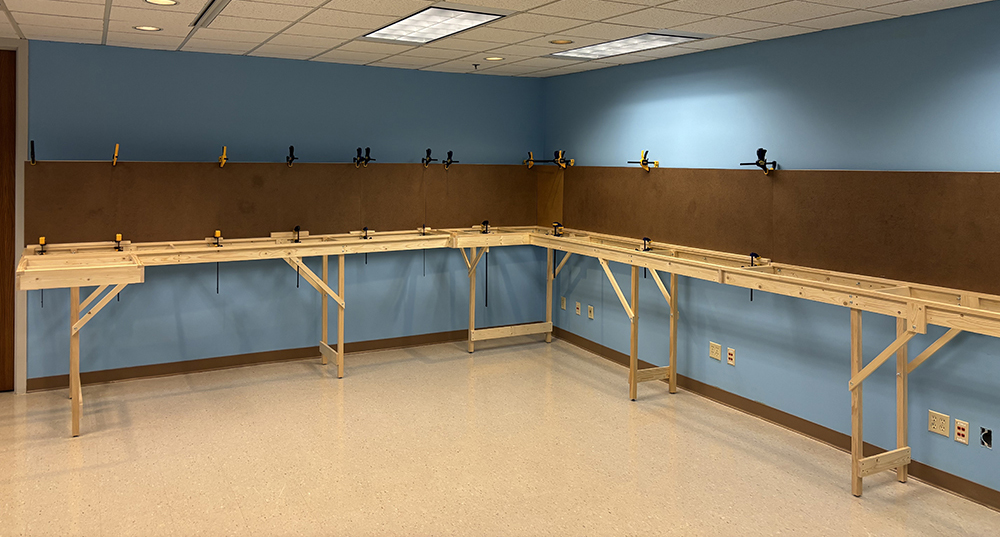
Industrial park railroading has long been an area of interest to model railroaders. This type of railroading serves a concentrated group businesses, and it may or may not be affiliated with a class one railroad. Often the industrial park has its own railroad, or its tracks are served by a local company or nearby short […]
Read More…
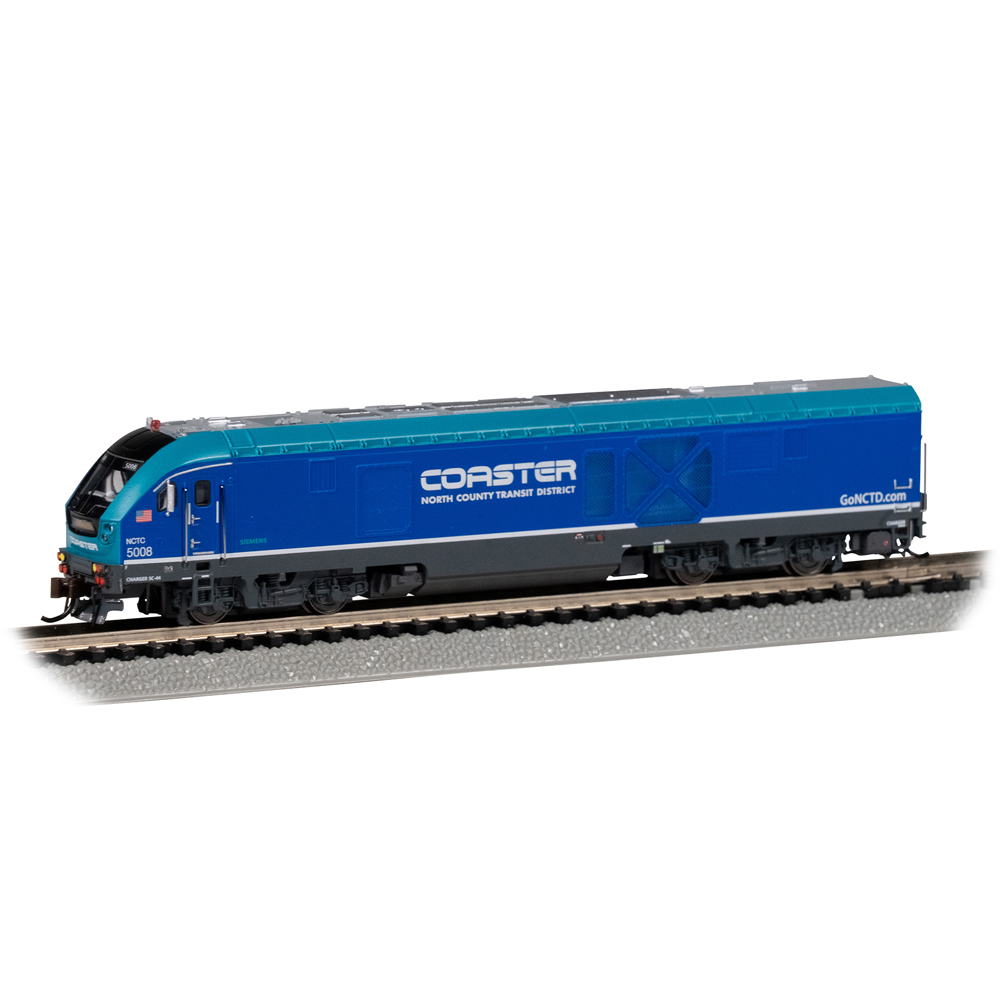
News & Products for the week of January 21st 2025 Model railroad operators and builders can get the latest information about locomotives, freight cars, passenger cars, tools, track, and more by reading Model Railroader’s frequent product updates. The following are the products Model Railroader editors have news on for the week of January 21st, […]
Read More…
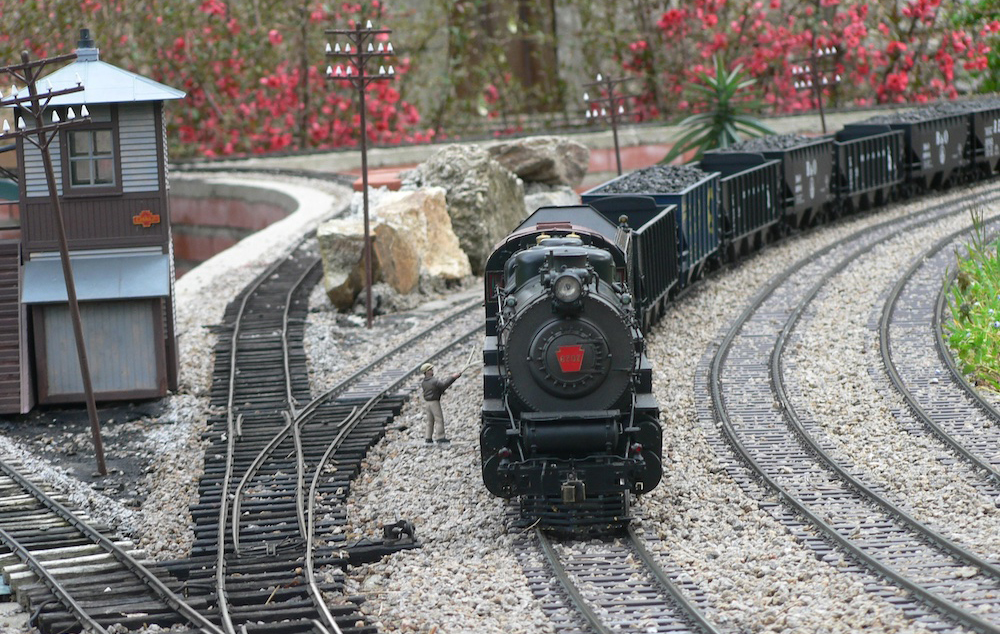
I dabbled a great deal in narrow gauge modeling over the years, but found U.S. main line Class I railroads more to my taste. I like the operation potential of main lines, with many categories of trains from the peddler to the fast freight, the suburban local to the limiteds. A friend (Chris Ludlow, an […]
Read More…
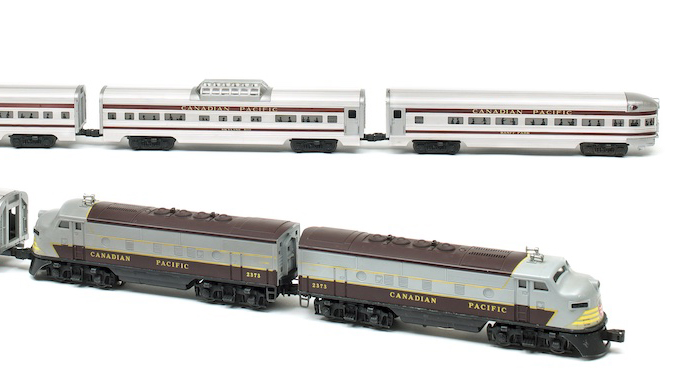
As the postwar era began for Lionel, concern for a more colorful, more highly decorative product was paramount, so Lionel examined different processes for decorating their trains. The tried and true methods (heat stamping and rubber stamping) were used to great success, but both had limitations. With heat stamping, a fairly flat surface was needed, […]
Read More…
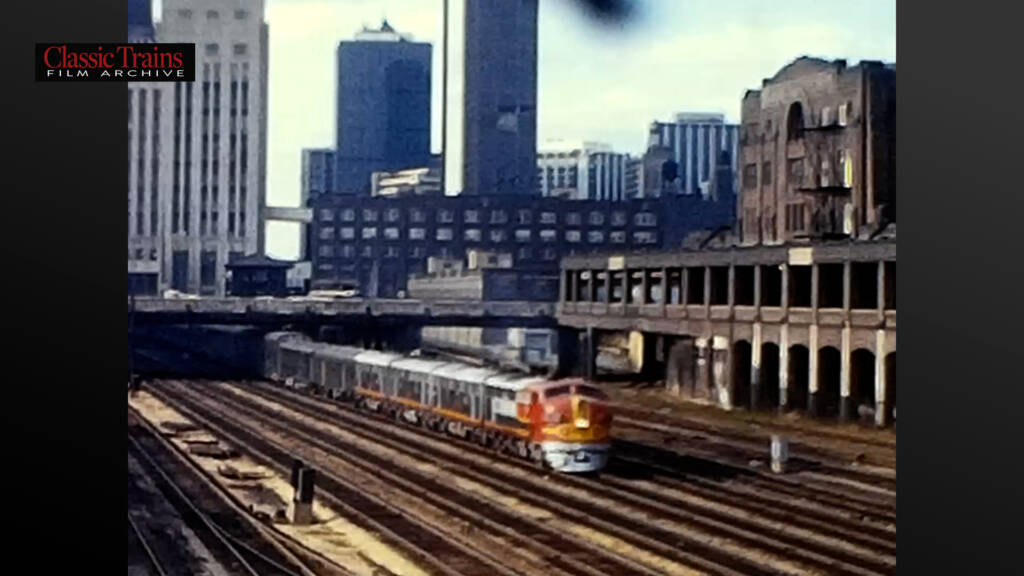
Classic Trains Film Archive | Chicago Passenger Train Parade, Chicago, Illinois, J. David Ingles Reel 0137 – Join J. David Ingles for a tour of Chicagoland railroads in early 1971. You’ll see Burlington Northern, Illinois Central, Monon, Penn Central, Santa Fe, and more around the Windy City. Locations include, 21st Street diamond, 18th Street on […]
Read More…
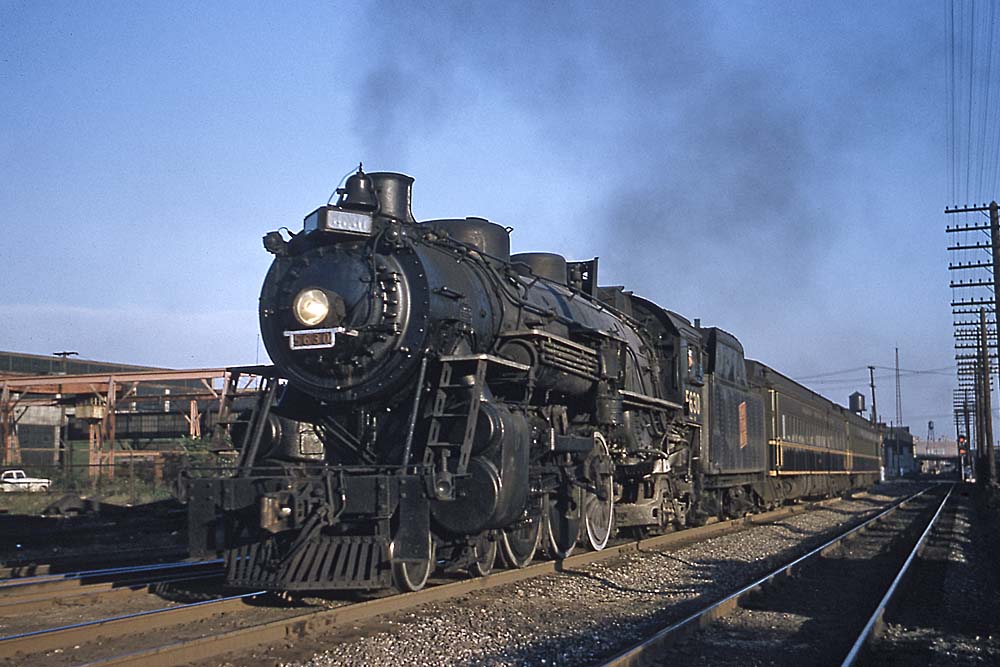
Grand Trunk Western steam provided a last look for many Midwest railfans. Despite having a large population with sizeable cities, Michigan has hovered just above the nation’s busy paths of commerce. Except for Detroit, the state tends to be out of sight, out of mind — no offense to Grand Rapids, the state’s […]
Read More…
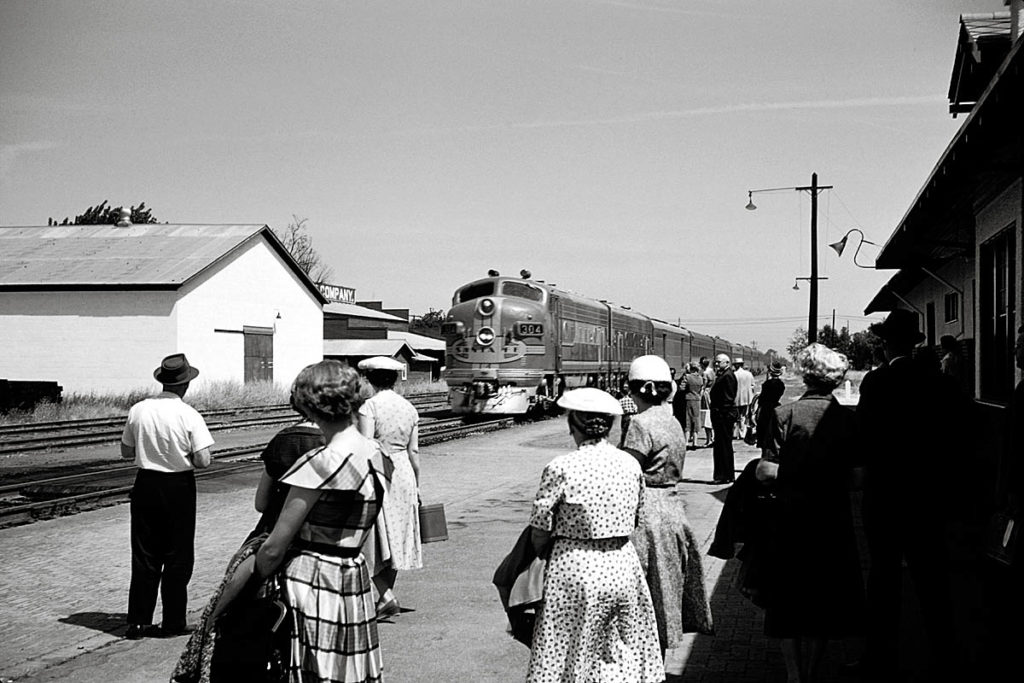
Santa Fe’s Golden Gate, a secondary Bay Area train, pulls into Merced, Calif., in May 1958 as a tour group prepares to board. Jim Neubauer photo […]
Read More…
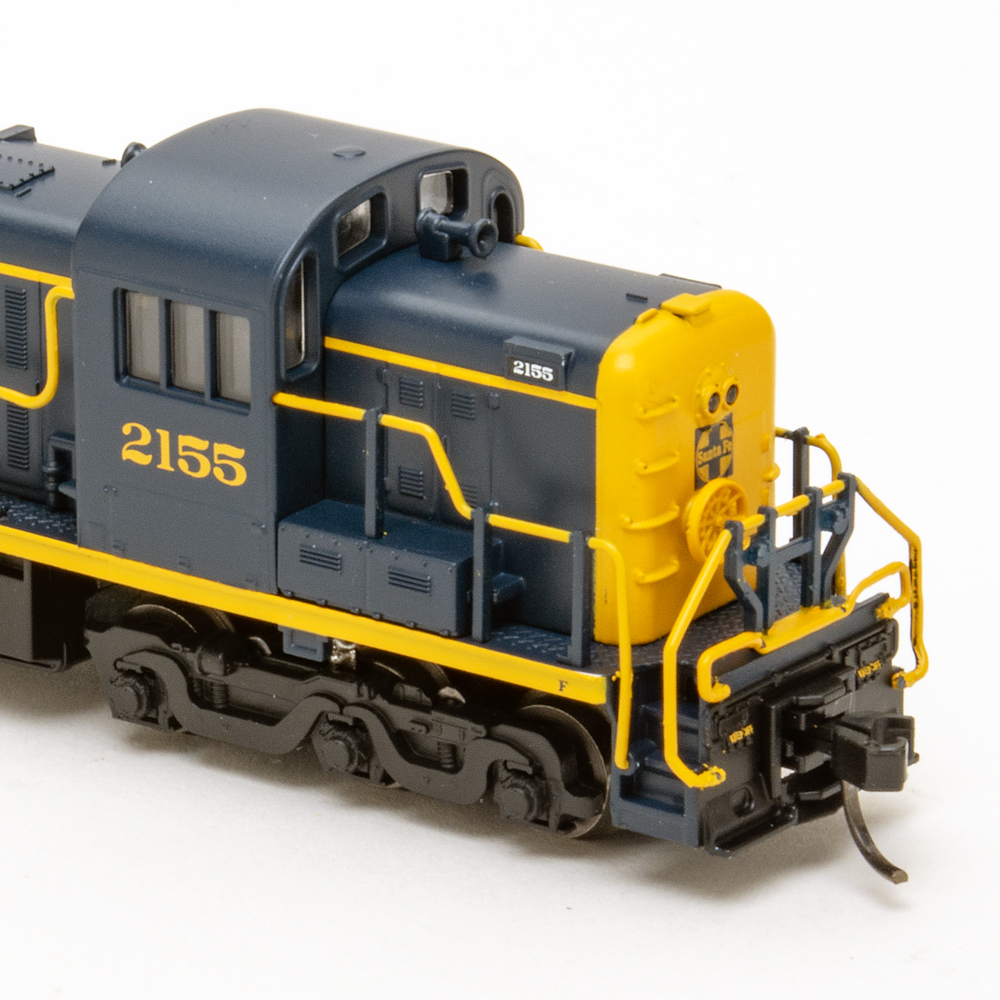
The Alco RSD5 diesel locomotive is back for another run in the N scale Atlas Classic line. The six-axle road switcher, part of the Atlas lineup since 1999, is now offered with a factory-installed speaker (Silver Series), an ESU LokSound V5 Digital Command Control and sound decoder (Gold Series), and a revised chassis. Prototype history […]
Read More…

Facts and features Name: Mon Yough Valley RRScale: HO and HOn3Size: model railroad: 41 x 53 feet, room: 44′-0″ x 55′-6″Prototype: freelanced Class I and short linesLocale: western PennsylvaniaEra: late 1950s – early 1960sStyle: walk around with operator aislesMainline run: combined double track main of 13.5 scale miles.Minimum radius: 32″ (main), 22″ (industrial and branch […]
Read More…

Canadian Pacific 4-4-4 No. 2929, last of 20 class F1a Jubilee types received from Canadian Locomotive Co. in 1937–38, sits with a short train at Montreal West station on May 11, 1957, as 4-6-2 No. 2472, last of CP’s 173 G3-class Pacifics, arrives on the next track. Bob Krone photo […]
Read More…












